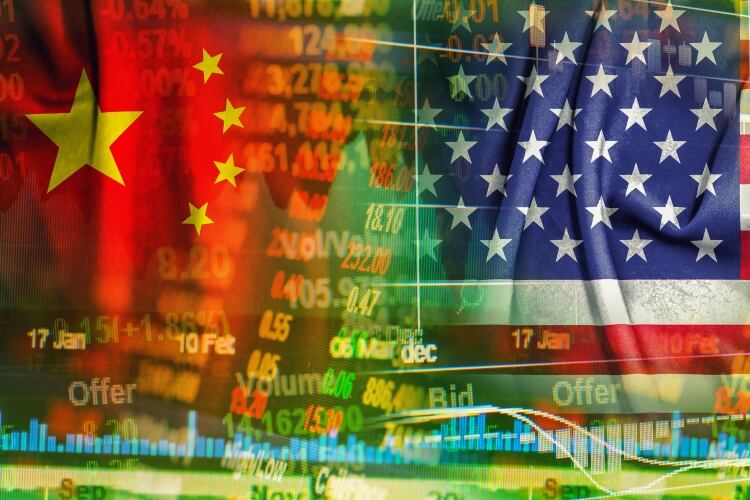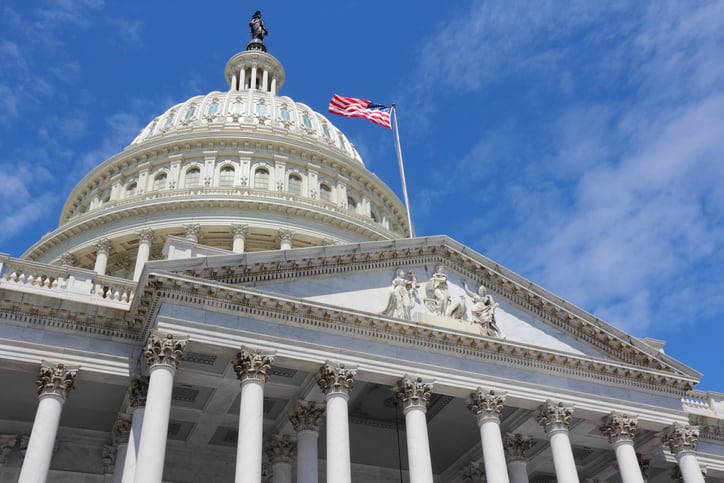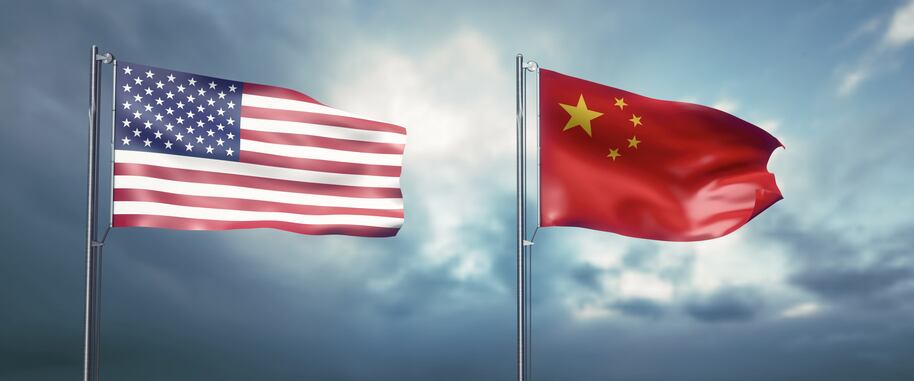According to the Office of the US Trade Representative, China has agreed to increase imports of goods and services from the US by at least US$200bn over the next two years.
"That will result in greater prosperity for farmers all across the land," President Trump said as he signed the agreement earlier this month.
Under the first phase of the tariff-cutting agreement, American farmers and dairy companies will benefit from “expanded access to China’s rapidly growing market for imported dairy and infant formula products.”
China has agreed to recognize US oversight for dairy products, in a move that will eliminate the need for Chinese inspections of American dairy facilities.
It will also allow imports of ovine and caprine products from the US, which had previously been prohibited. And officials will not not require on-site inspections or audits as a prerequisite for registering US dairies and infant formula facilities.
The agreement follows a two-year trade war that has imposed billions of dollars in retaliatory tariffs between China and the US, and has put a severe drag on America’s dairy industry.
The value of its dairy exports to China peaked in 2017 at US$576m, then fell by 13% the following year to just over US$499m in 2018. It stood at US$343m at the tail-end of 2019—a 26% drop.
Until this year, China had become the leading market for American whey and a growing customer for its cheese. Retaliatory tariffs, however, have derailed that potential and cost the US dairy industry millions in sales, market share and jobs.
China bought 33% of whey exports by value in 2018, with shipments amounting to US$174m. But by November 2019, with retaliatory tariffs still in place, these had dropped to US$101m—53% lower than pre-tariff 2017.
China is becoming a major market for cheese, with total imports up by 20% annually over the past five years. With U.S. product pricier due to higher tariffs, other sellers have been quick to fill in. Up to November 2019, US export value fell 34%. That’s on top of a 39% loss in the second half of 2018.
The signing of the agreement with China makes important advances on non-tariff issues harming dairy trade, noted both the US Dairy Export Council (USDEC) and National Milk Producers Federation (NMPF).
Lifting tariffs
While promises of additional Chinese purchases of American agricultural products in the next two years are encouraging, any benefits for the dairy industry remain unclear, the trade bodies have said.
Given that China’s retaliatory tariffs remain a significant impediment to American dairy sales there, they have stressed that work is not complete until the retaliatory tariffs against all US dairy exports are fully lifted.
“A deal that makes progress on regulatory restrictions and other non-tariff barriers hindering dairy trade is a positive step forward,” said Tom Vilsack, chief executive of USDEC.
“These are important deliverables that USDEC has been pressing China for over the course of the last few years.
“We need to continue to work with our government, China’s government and our customers to finish the job by lifting the remaining Chinese retaliatory tariffs against our exports,” Vilsack added.
Claiming that Chinese retaliatory tariffs have “disproportionately” harmed American dairy farmers, Randy Mooney, a dairy farmer from Missouri and chairman of NMPF, said the deal had come in the nick of time.
"We cannot ask our farmers to continue operating under this financial uncertainty," said Mooney, who was at the White House for the signing ceremony with President Trump and Chinese vice-premier Liu He.
"We appreciate the hard work invested by both the US and Chinese governments, but we urge China to swiftly lift all retaliatory tariffs against US dairy products and work with US suppliers to fulfill their purchasing commitment.”
According to an analysis by NMPF, the trade deal made progress in tackling the registration of facilities and products that have stymied firms seeking to export to China for several years. It has also helped improve the regulatory pathway for infant formula and fluid milk exports to China.
The agreement will create a new environment of transparency for geographical indications and it promises more dairy sales to China, the industry group predicted.
Now regaining market access to China is imperative for American dairy companies. Over the next decade, the market will represent a US$23bn opportunity for them, according to Michael Dykes, chief executive of International Dairy Foods Association.
“It is essential to our producers and companies that we have a trade relationship with China that further levels the playing field for American dairy and provides expanded market access for our growing industry,” Dykes said.
“IDFA is hopeful that this deal signals the United States has embraced a market- and rules-based system of international trade that is essential for the future of our dairy industry.”
The second phase of the trade deal is now under the anvil, but experts predict it will be too ambitious to satisfy both sides, especially given a timeframe of just a year. With this in mind, dairy figures will be delighted the initial agreement has gone in their favor.



